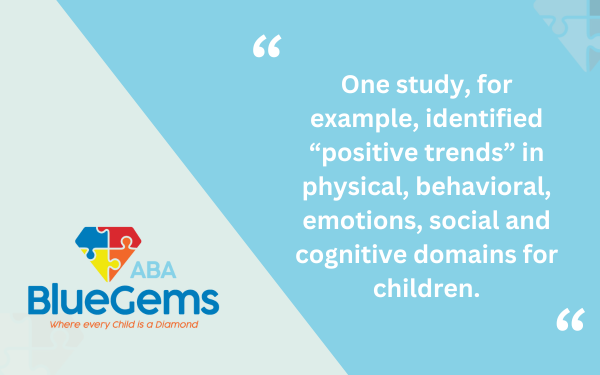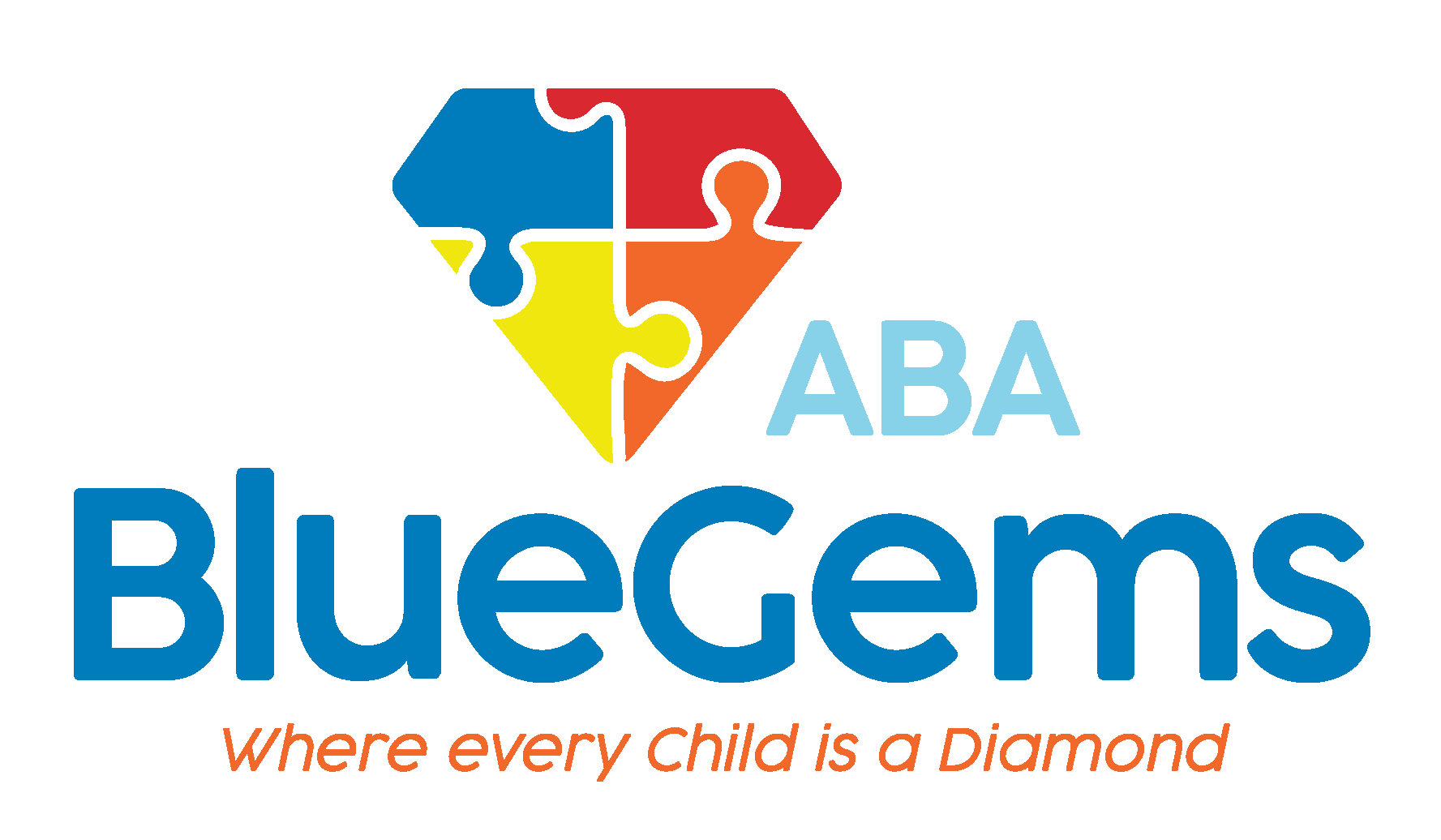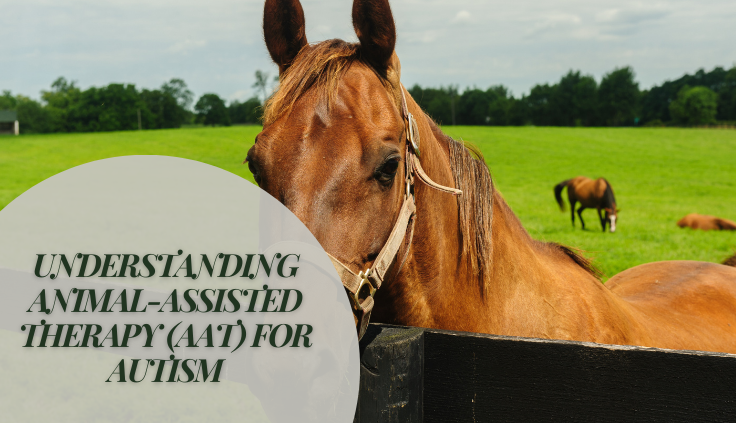Understanding Animal-Assisted Therapy (AAT) for Autism
Animals and man have long had an interesting and interconnected relationship. Whether as food, helpers in farms and fields, or companions, animals have provided man with many benefits over centuries.
In more modern times, animals have been used as ways to provide direct support for people who have special needs. This has become more formalized in recent years, as what’s known as animal-assisted therapy, or AAT.
Trained therapists integrated animals into a set therapy plan to provide a multitude of benefits to people who need it. Today, AAT is even used for children who have autism spectrum disorder (ASD), and studies have shown that the results are promising.
Below, we’ll discuss AAT for autism, including how it works and what benefits it can provide.
Table Of Contents
What is Animal Assisted Therapy?
Animal assisted therapy has been shown in the past to have positive results on certain people with special needs. Different animals can be used in different situations to help support people in unique ways.
For instance, dogs can be used to bring affection and comfort to patients who must stay for long periods of time in a hospital. Trained therapists bring specially-trained dogs into this environment, for instance, and have them spend time with the patients in a calm way.

AAT is a lot different from service animals, which are trained to aid one individual for specific purposes. Service animals also live with the person they’re assigned to, whereas the animals in AAT are just brought in for a specific purpose in a therapy setting.
How Does Animal Assisted Therapy Work for Autism?
AAT is used for people with autism to help them build a number of skills — from regulating their emotions to improving their communication and social skills.
In much the same way as the example above, certain animals can help children with ASD feel calm and comfortable. This can bring down their stress levels and let them experience the world around them in a calm way, allowing them to learn the most.
Animals are non-judgmental, and children with autism often feel more comfortable interacting and even conversing with them than they are with other peers or adults. The trained therapists who work with the animals know this, and use the animals to encourage the children to express their emotions, to learn how to interact socially and to build trust with others.
Another great benefit of working with animals is that they provide a multi-sensory experience for children with ASD, including movement, touch, smell, sound and more. This can help the children regulate and calm down their nervous system while also becoming more in-tune with their environment.
Not only are the animals that work with children in AAT carefully selected, they are specifically trained and integrated into therapy plans very methodically.
Does Animal Assisted Therapy for Autism Work?
AAT is relatively new for autism, so the studies about it are relatively new. That being said, they have shown some positive results.
One study, for example, identified “positive trends” in physical, behavioral, emotions, social and cognitive domains for children. At the same time, the study cautioned that AAT should be implemented cautiously for children with ASD since there aren’t any standardized frameworks for it.

Another study pointed out similar benefits of AAT for children with autism, specifically as it relates to physical, emotional and sensory functioning. This study also highlighted that AAT should be seen as helping to alleviate some symptoms, but more research was needed.
Ultimately, these studies and many others have pointed out some very positive potential benefits of AAT for children with autism.
When used in conjunction with other treatments, such as applied behavior analysis (ABA therapy), AAT can positively benefit certain individuals with autism in certain ways. As the studies pointed out, though, AAT needs to be integrated in a very deliberate way, and it may not be a therapy that works for everyone.
Blue Gems ABA Helps Children with ASD Grow
While in its early stages of research and implementation, AAT has proven to have positive benefits for children with autism. As a complementary therapy to an overall ABA therapy plan, AAT can be great for helping children with autism build social, emotional and communication skills.
At Blue Gems ABA, our team of experienced BCBAs craft personalized ABA therapy plans to specifically target certain skills and behaviors of each individual patient. We consider all possible therapies that could be of benefit to the children we serve, including AAT.
To learn more, please contact us today.




